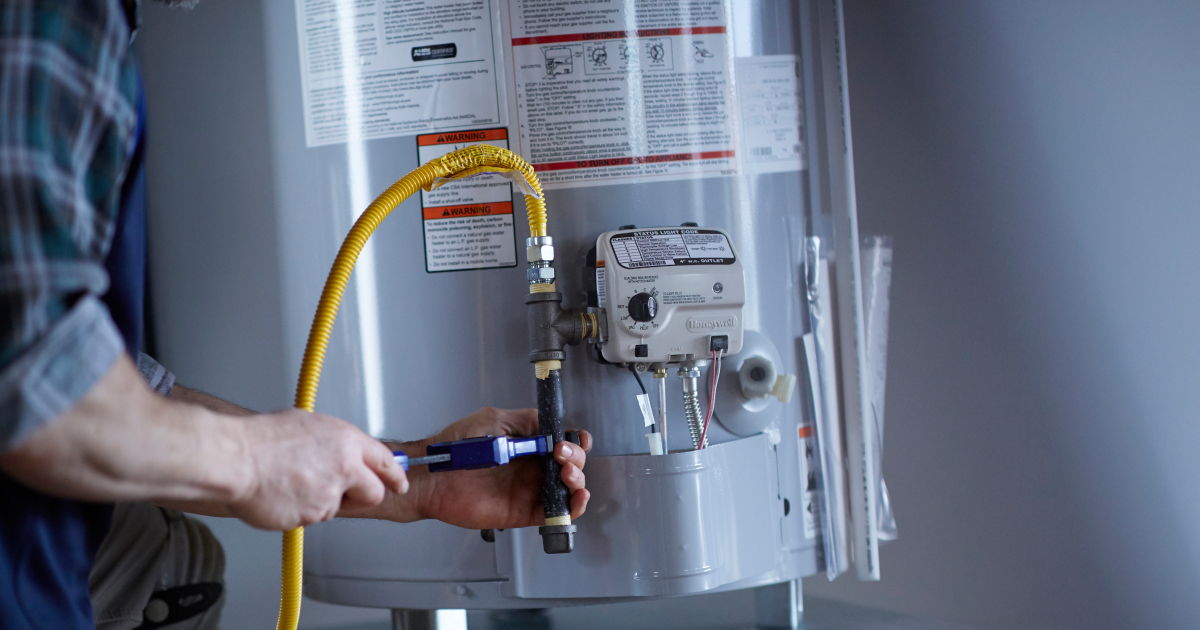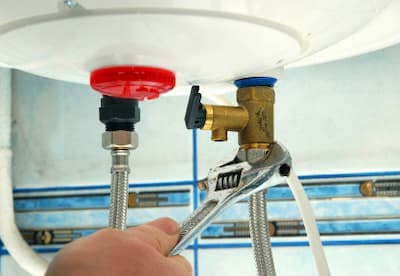Caring for Your Home's Hot Water System: Key TipsUseful Techniques for Caring for Your Home's Hot Water System
Caring for Your Home's Hot Water System: Key TipsUseful Techniques for Caring for Your Home's Hot Water System
Blog Article
Here down the page you can find a good deal of first-rate guidance when it comes to Water Heater Maintenance Tips You Can't Afford to Forget.

Hot water is vital for day-to-day comfort, whether it's for a rejuvenating shower or cleaning dishes. To ensure your warm water system runs successfully and lasts longer, regular maintenance is crucial. This article offers functional pointers and understandings on how to maintain your home's hot water system to stay clear of disturbances and expensive fixings.
Intro
Maintaining your home's hot water system may appear daunting, but with a few easy steps, you can guarantee it operates smoothly for many years to find. This overview covers every little thing from recognizing your hot water system to DIY upkeep tips and knowing when to hire expert assistance.
Significance of Preserving Your Warm Water System
Routine maintenance not only extends the life expectancy of your warm water system yet also ensures it runs successfully. Neglecting maintenance can cause lowered efficiency, higher energy bills, and even early failing of the system.
Signs Your Hot Water System Requirements Upkeep
Knowing when your hot water system needs interest can stop significant concerns. Look out for indicators such as irregular water temperature, weird sounds from the heater, or rusty water.
Flushing the Water Heater
Flushing your hot water heater gets rid of sediment accumulation, enhancing effectiveness and lengthening its life.
Monitoring and Changing Anode Rods
Anode poles protect against deterioration inside the tank. Inspecting and changing them when broken is critical.
Complex Issues Requiring Professional Help
Instances consist of significant leakages, electric troubles, or if your hot water heater is continually underperforming.
Regular Specialist Upkeep Perks
Expert upkeep can include comprehensive evaluations, tune-ups, and guaranteeing compliance with safety standards.
Checking and Adjusting Temperature Settings
Readjusting the temperature level setups makes sure ideal performance and safety.
Do It Yourself Tips for Maintenance
You can carry out several upkeep jobs on your own to keep your hot water system in top condition.
Checking for Leakages
Consistently check pipelines and connections for leaks, as these can bring about water damages and higher bills.
Comprehending Your Hot Water System
Before diving right into upkeep tasks, it's helpful to recognize the standard elements of your warm water system. Usually, this includes the hot water heater itself, pipelines, anode rods, and temperature level controls.
Month-to-month Maintenance Tasks
Routine monthly checks can aid capture minor issues prior to they intensify.
Testing Stress Alleviation Valves
Checking the pressure relief valve guarantees it works correctly and protects against extreme pressure build-up.
Protecting Pipelines
Insulating warm water pipes minimizes warmth loss and can save power.
When to Call a Professional
While do it yourself maintenance is valuable, some issues call for professional competence.
Verdict
Regular upkeep of your home's warm water system is important for performance, durability, and price financial savings. By following these suggestions and recognizing when to seek expert aid, you can ensure a trustworthy supply of warm water without unexpected interruptions.
How to Maintain an Instant Hot Water Heater
Before tinkering with your hot water heater, make sure that it’s not powered on. You also have to turn off the main circuit breaker and shut off the main gas line to prevent accidents. Also turn off the water valves connected to your unit to prevent water from flowing into and out of the appliance. 2. When you’re done, you have to detach the purge valves’ caps. These look like the letter “T” and are situated on either side of the water valves. Doing so will release any pressure that has accumulated inside the valves while at the same time avoid hot water from shooting out and burning your skin. 3. When the purge valves’ caps are removed, you have to connect your hosing lines to the valves. Your unit should have come with three hoses but if it didn’t, you can purchase these things from any hardware or home repair shops. You can also get them from retail stores that sell water heating systems. Read the user’s manual and follow it to complete this task properly. When the hosing lines are connected, open the purge port’s valves. 4. You should never use harsh chemical cleaners or solutions when cleaning your unit. Make use of white vinegar instead. It should be undiluted and you’ll probably use about 2 gallons. 5. Now flush your water heater. This task should probably take about 40 minutes. We can’t give you specific directions for this because the procedure is carried out depending on the type, model and brand of your heater. With that being said, refer to the user’s manual. 6. When you’re done draining the unit, you have to turn off the purge port valves again. Remove the hosing lines that you earlier installed on each of the water valves. Put the valve caps (purge port) back in their respective places and be very careful so as not to damage the rubber discs that are found inside these caps. 7. Now that everything’s back in place, check your user’s manual again to find out how to reactivate your water heating system. 8. Once it is working, turn one of your hot water faucets on just to let air pass through the heater’s water supply pipes. Leave the tap on until water flows smoothly out of it. https://www.orrplumbing.com/blog/2014/september/how-to-maintain-an-instant-hot-water-heater/

I'm very interested in How to Maintain Your Water Heater & Prolong its Life and I hope you liked the article. Sharing is caring. Who knows, you might be helping someone out. Thanks for going through it.
Call Today Report this page